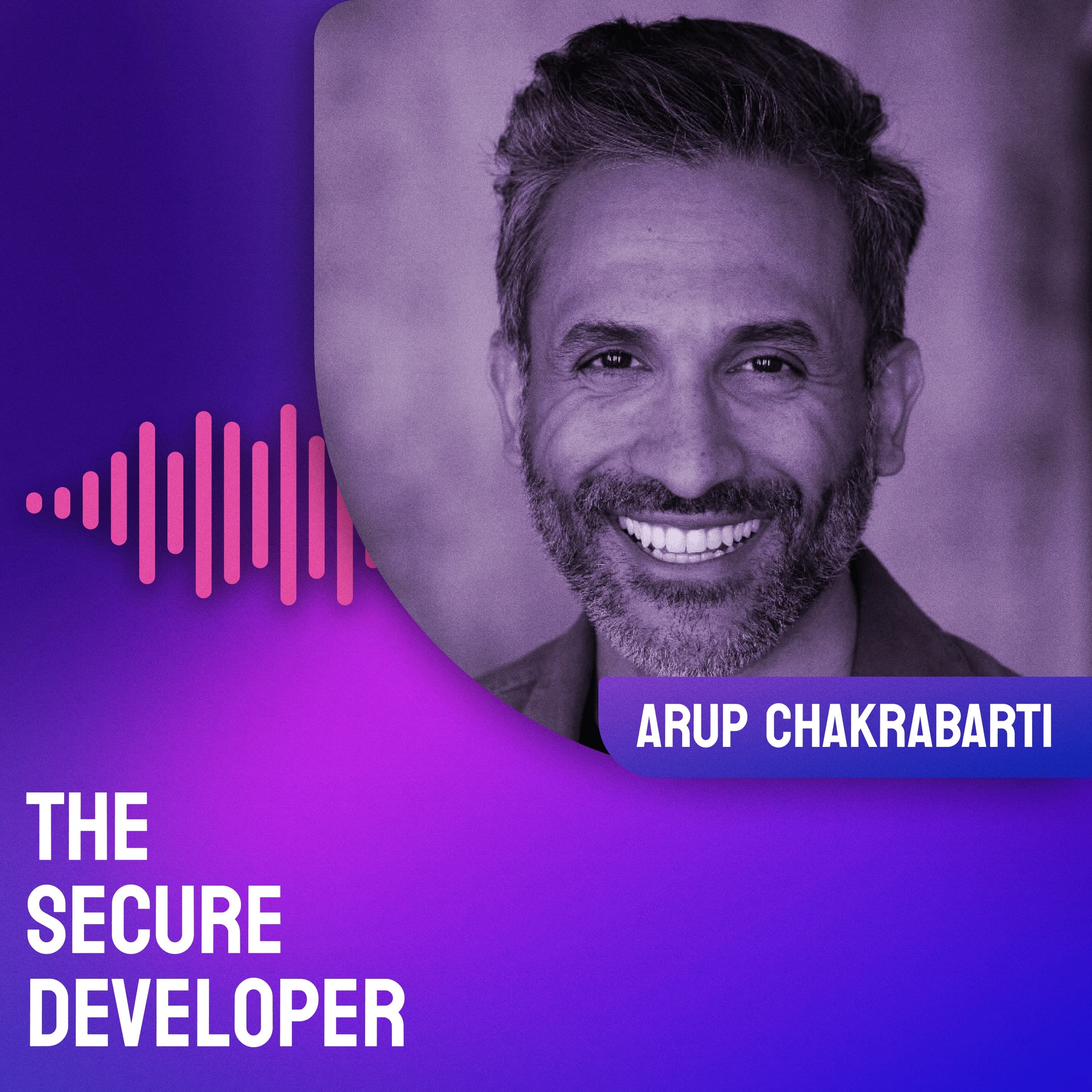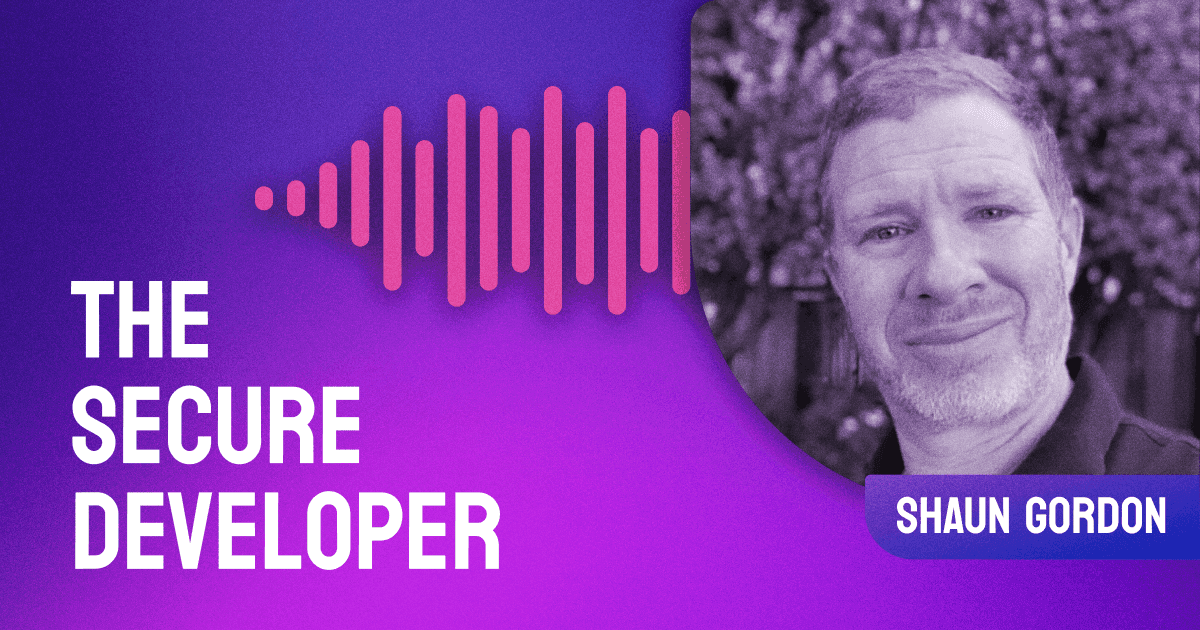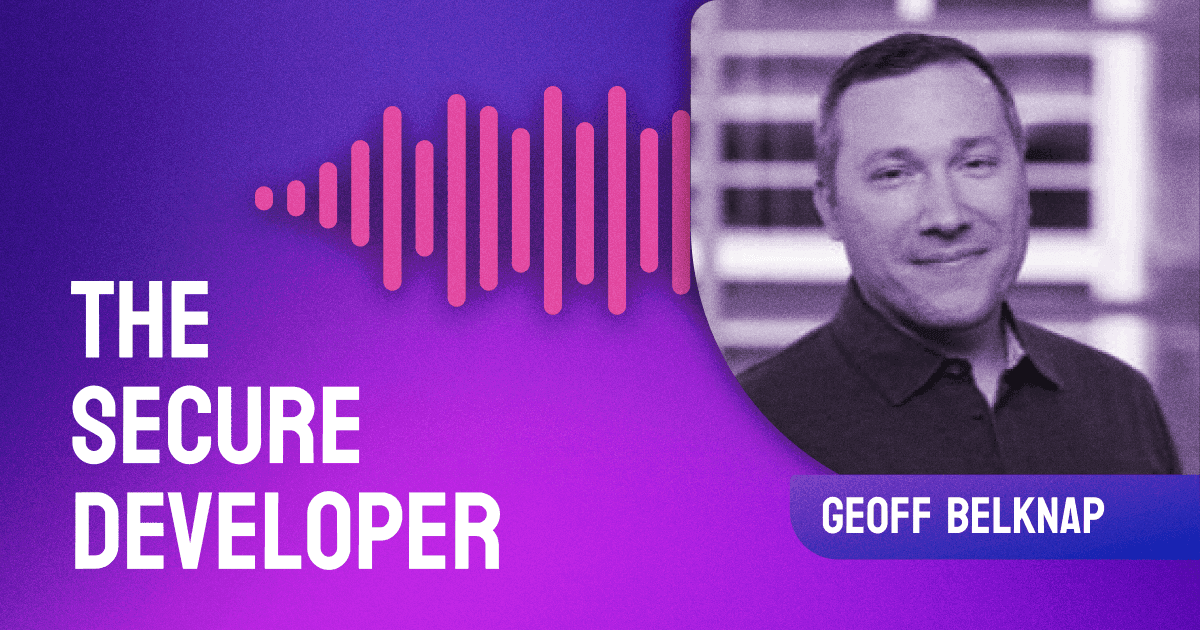In the latest episode of The Secure Developer, Guy is joined by Arup Chakrabarti, Kevin Babcock and Rich Adams from PagerDuty. They discuss how they put into practice their security vision of “making it easy to do the right thing”.
This involves picking the right tooling and designing a security experience that doesn’t force people to do things, but rather provides insight into how vulnerabilities can be exposed. Giving people the opportunity to break things also creates a strong desire to want to then protect those things.
The post Ep. #11, Keeping PagerDuty Secure appeared first on Heavybit.





